Entering into US session, Yen remains the strongest one as global stock market rout deepens. Meanwhile, Australian Dollar is the weakest one, followed by Canadian and then Euro. Gold also rides on risk aversion and hit as high as 1236.7 so far. Economic calendar is light in the US session. So major focus will remain on risk sentiments, currently, DOW futures are dropping more than 300 pts. Euro will also be moved by news on European Commission’s reaction to Italy’s reply on budget.
In Europe, at the time of writing:
- FTSE is down -0.52% at 7006.14
- DAX is down -1.55% at 11345.8
- CAC is down -1.02% at 50001.79
- German 10 year yield is down -0.0204 at 0.431
- Italian 10 year yield is down -0.005 at 3.474. Spread with German remains around 300.
Earlier today in Asia:
- Nikkei dropped -2.6% to 22010.78
- Hong Kong HSI dropped -3.08% to 25346.55
- China Shanghai SSE dropped -2.26% to 2594.83
- Singapore Strait Times dropped -1.52% to 3031.39
Nikkei’s fall from 24448.07 high resumed today and the break of 22172.90 support confirmed completion of rise from 20347.49. Near term outlook is rather bearish with prior rejection by 55 day EMA. Further fall is now likely to be seen towards 20347.59 key support level. At this point, we don’t expect a break there yet.




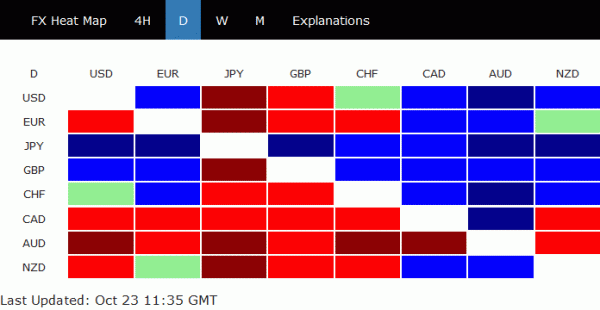
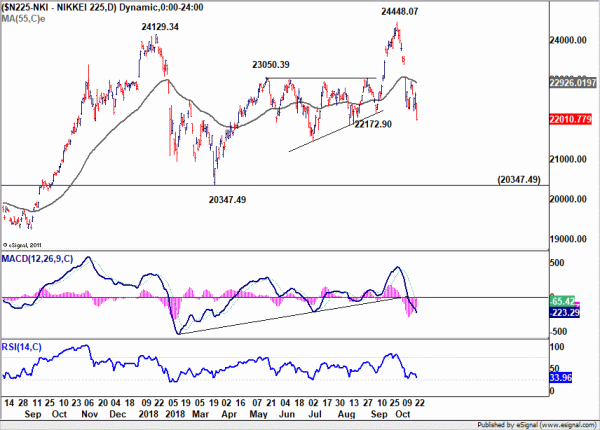
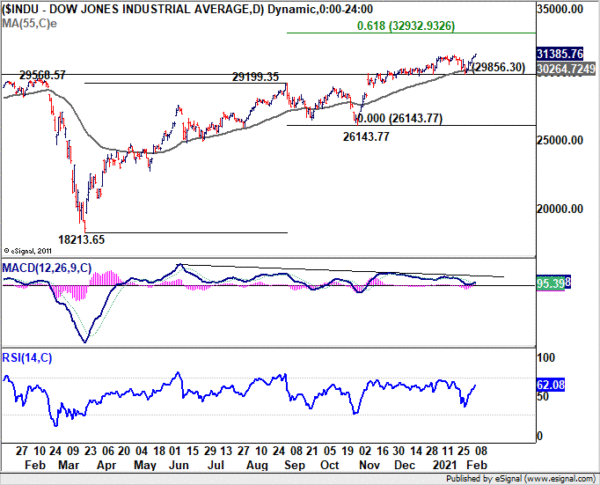
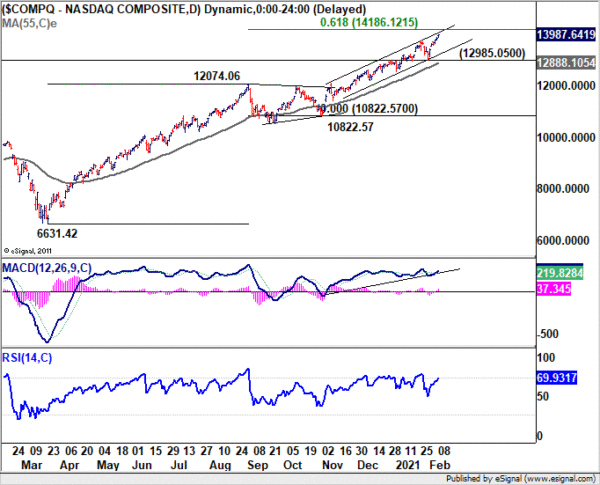
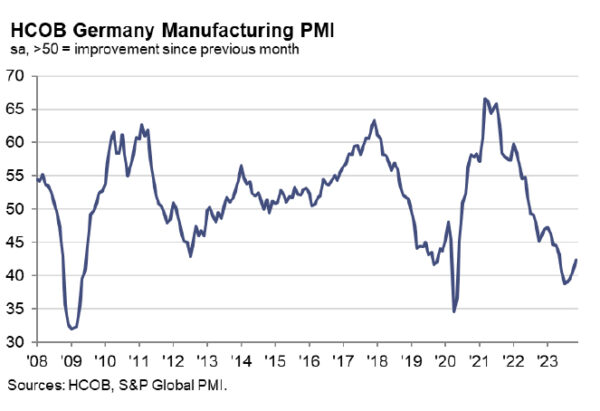
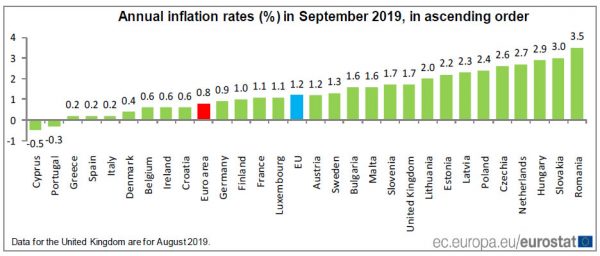
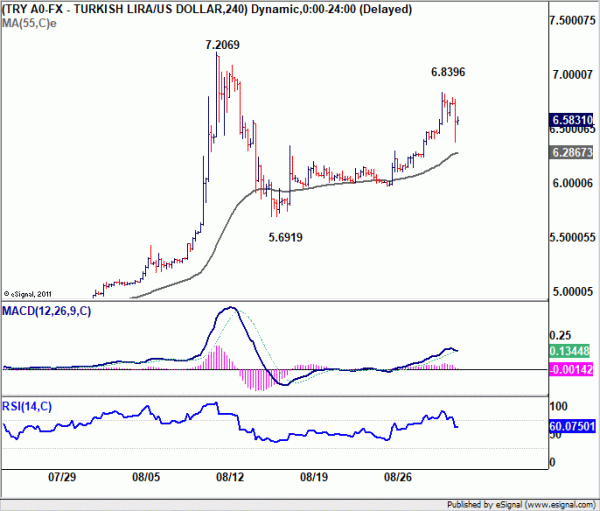
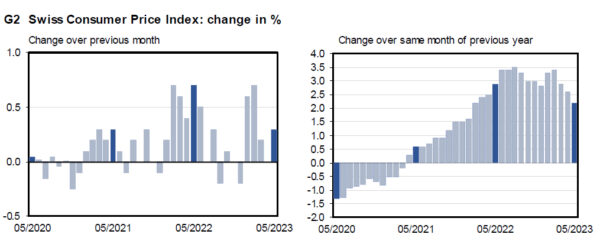

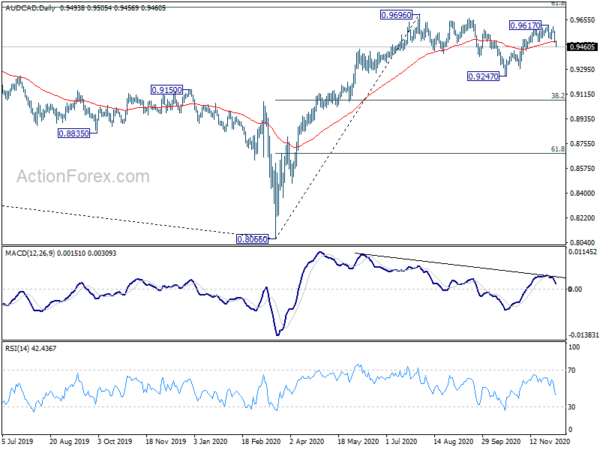
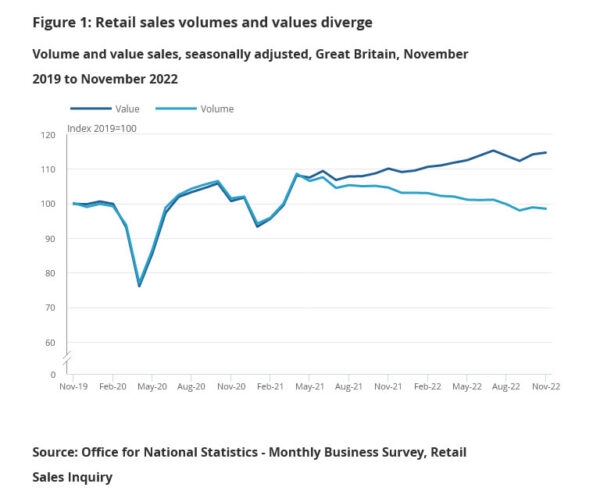
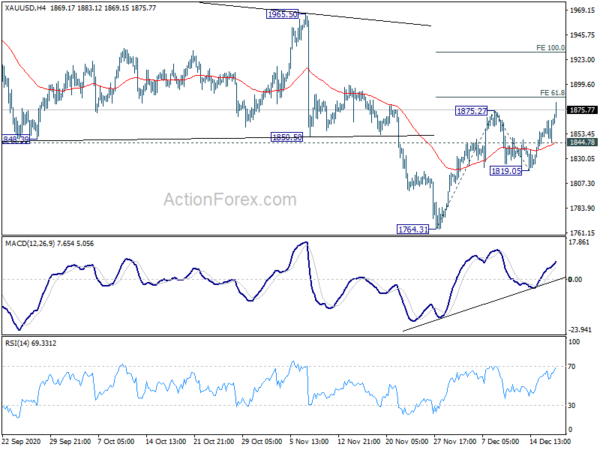
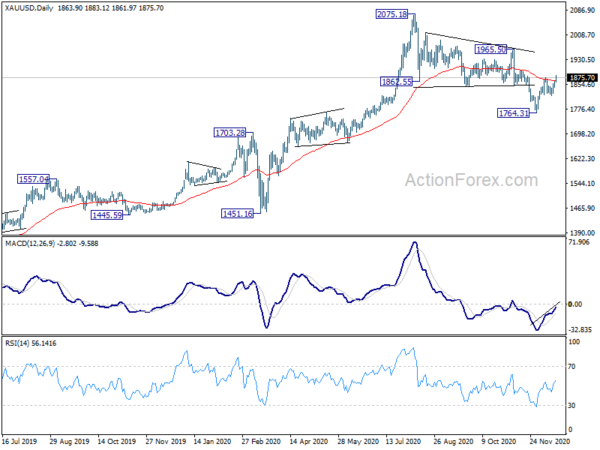
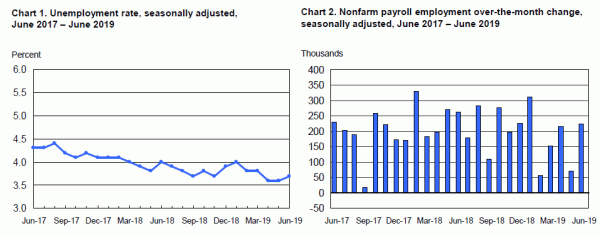
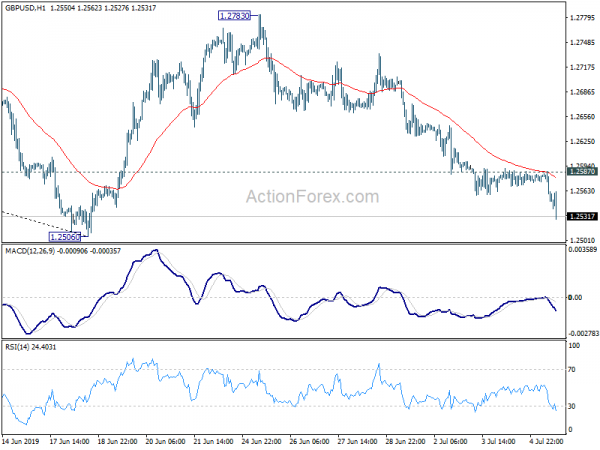
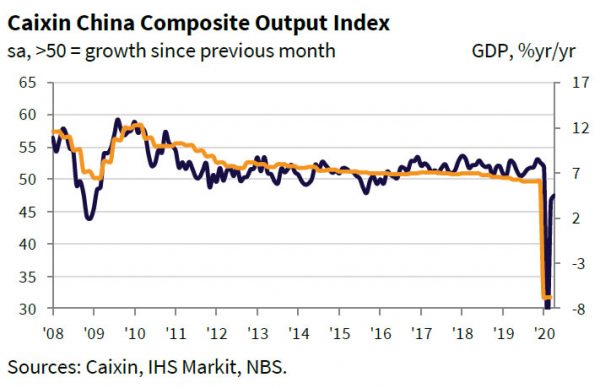

Downside risks for NFP, yet market impact may be fleeting
Today, the financial markets are keenly focused on US Non-Farm Payrolls data, which is expected to show growth of 170k jobs in August. While unemployment rate is anticipated to remain steady at 3.50%, average hourly earnings are projected to grow by 0.3% mom. However, related data paint a murkier picture, suggesting that risks could be skewed to the downside for the NFP report. Yet, it’s unsure if the impact on the markets would last long.
Earlier this week, ADP private job growth came in at 177k, slightly missing expectations and dampening the overall employment outlook. Moreover, JOLTS data showed that job openings have plummeted to their lowest level since March 2021, and consumer confidence took a significant hit, dropping from 114.0 to 106.1. The employment components of ISM Manufacturing and Non-Manufacturing reports are not yet available, leaving a gap in the data to fully assess labor market conditions.
Traders have been notably indecisive recently. While it is almost certain that Fed will pause its tightening this month, the likelihood of a rate hike by year’s end seems to be teetering around 50% mark. Market participants are unlikely to get more clarity until the Fed releases its new economic projections and dot plot on September 20, alongside the rate decision.
As for Dollar Index, it’s clearly losing upside momentum as seen in D MACD. While another rise cannot be ruled out as long as 102.84 support holds, strong resistance is likely at 38.2% retracement of 144.77 to 99.57 at 105.37 to limit upside. Break of 102.84 will argue that the corrective rally from 99.57 has completed earlier then expected.